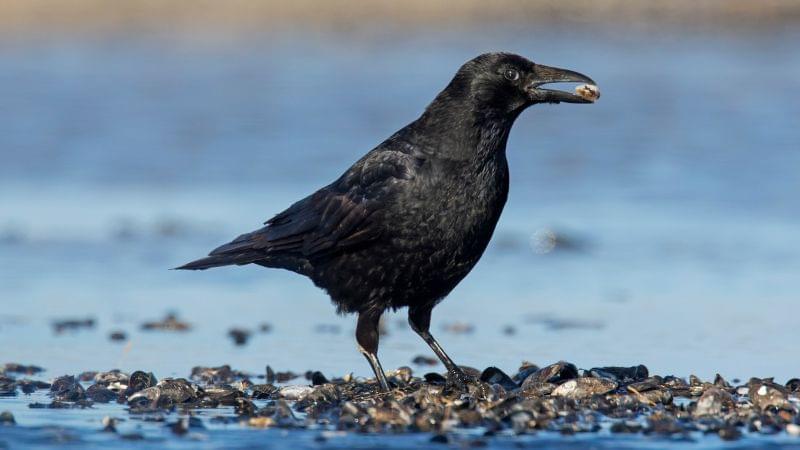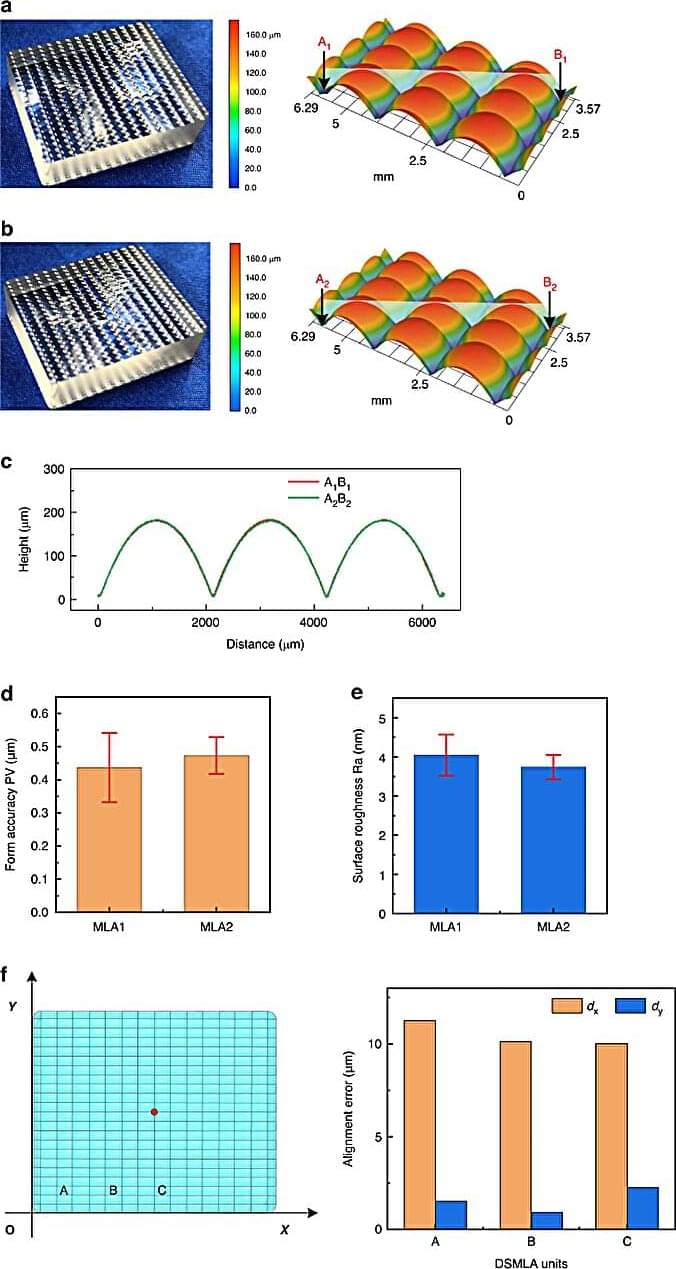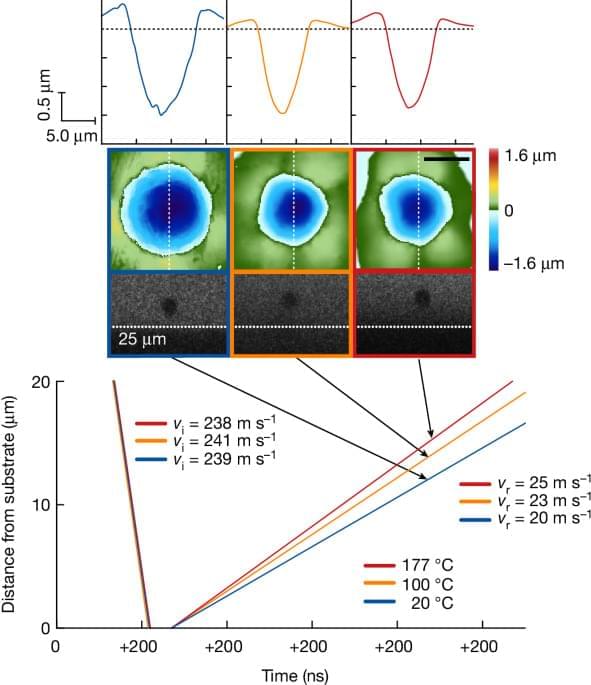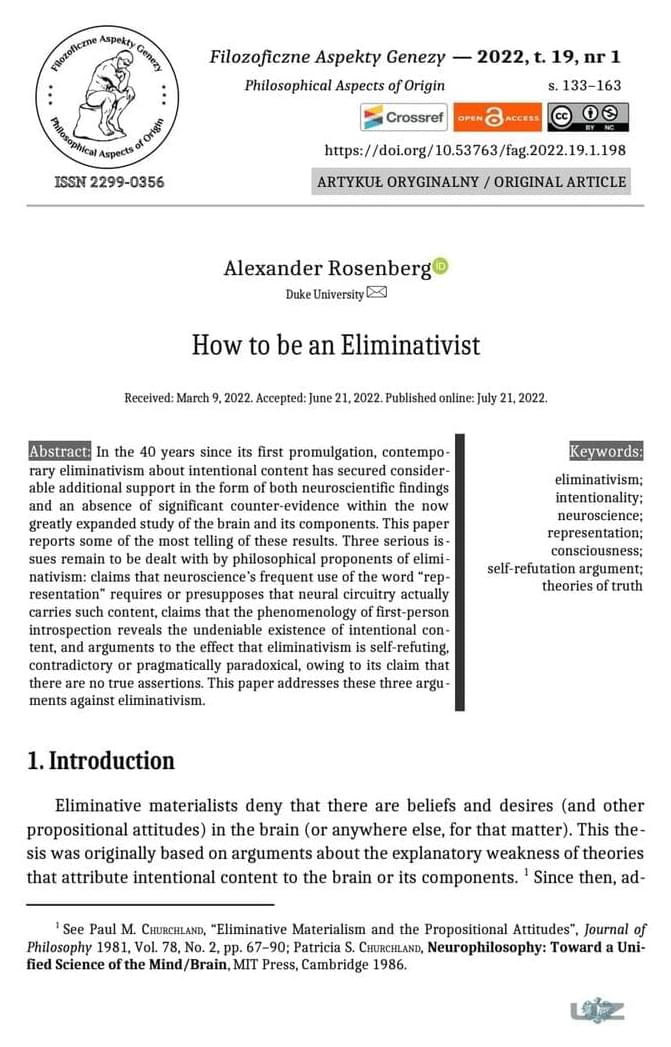78 percent of the answers suffer from different degrees of inconsistency to human answers.
Researchers found that 52 percent of answers to programming questions generated by ChatGPT were incorrect.

Join us on Patreon! https://www.patreon.com/MichaelLustgartenPhDDiscount Links: NAD+ Quantification: https://www.jinfiniti.com/intracellular-nad-test/Use Cod…

You can actually play his upcoming shooter in the app.

Double-sided microlens arrays (DSMLAs) play a crucial role in improving the performance of optical devices, supporting applications from advanced imaging systems to laser beam homogenization. However, traditional manufacturing methods often struggle with alignment errors that diminish the functionality and efficiency of these arrays.


